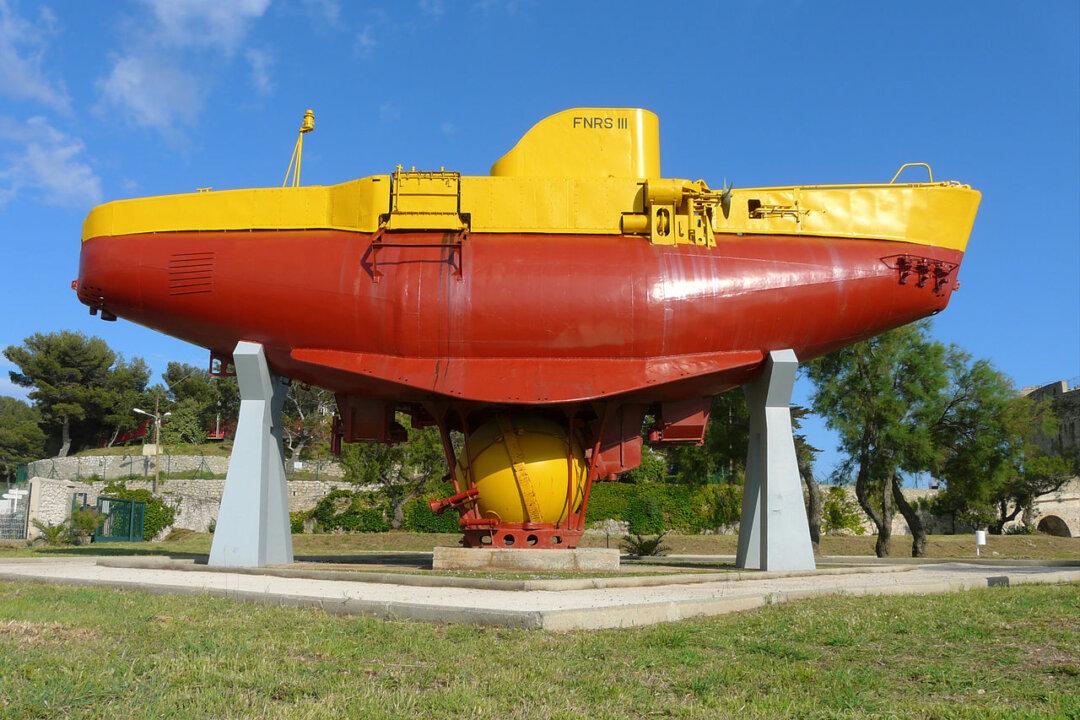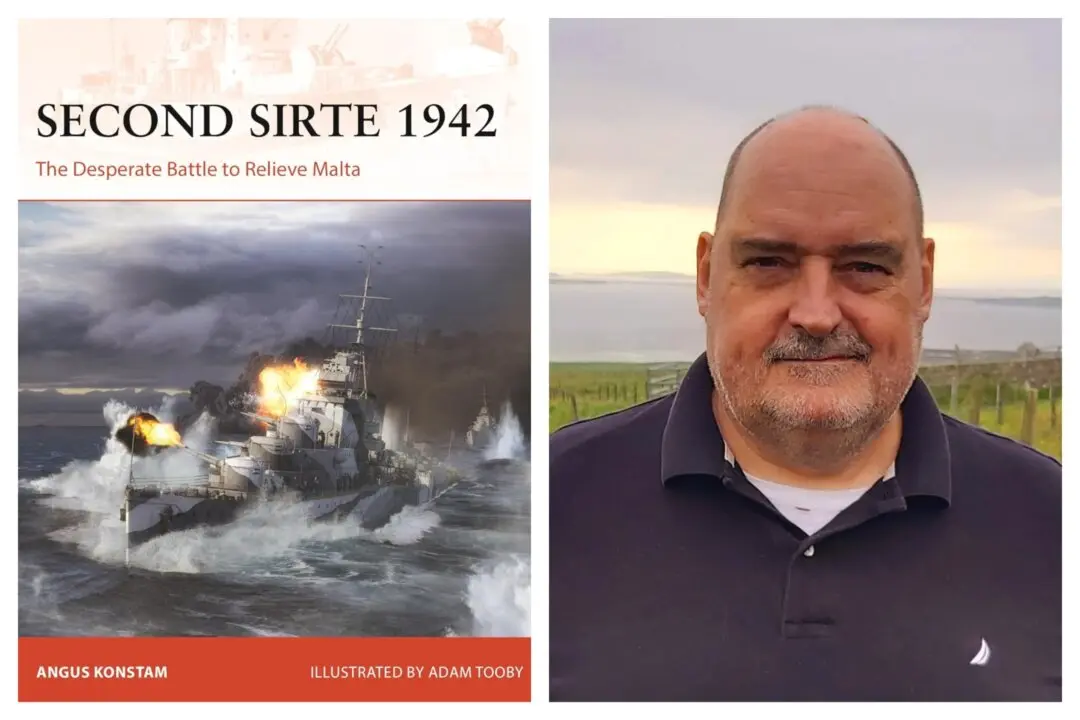Before a 146-foot long and 20-foot wide submarine stood Jules Verne, the famous French novelist. He studied this revolutionary model of military technology intently. He peered long at the steel hull, its propeller system, the long ram on the front end, and the rivets that held it all together.
The French submarine, known as Le Plongeur, was completed in 1863, the same year Verne published his first novel, “Five Weeks in a Balloon,” to international acclaim. Now, in 1867, he had found the inspiration for what would become his most famous novel, “20,000 Leagues Under the Sea.”






